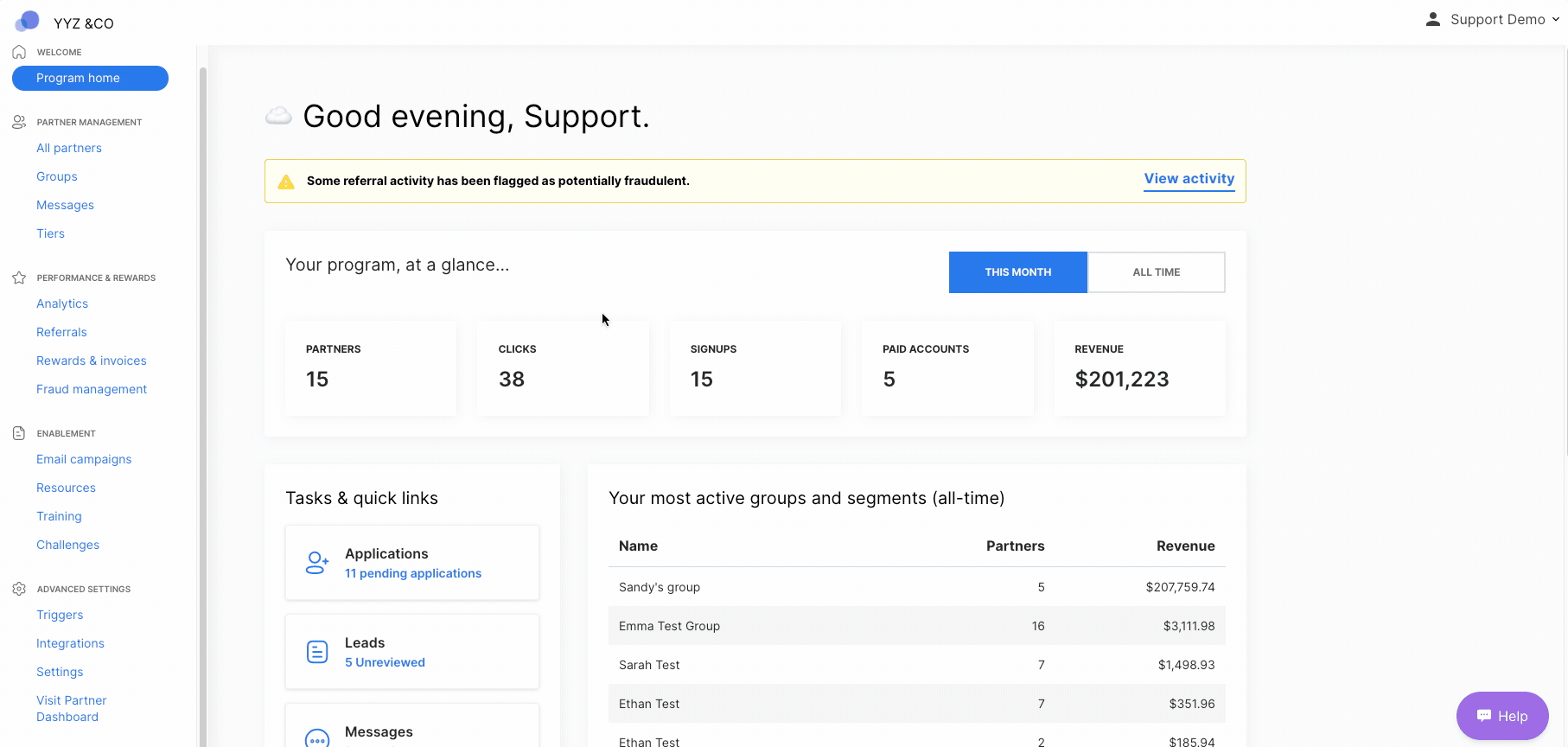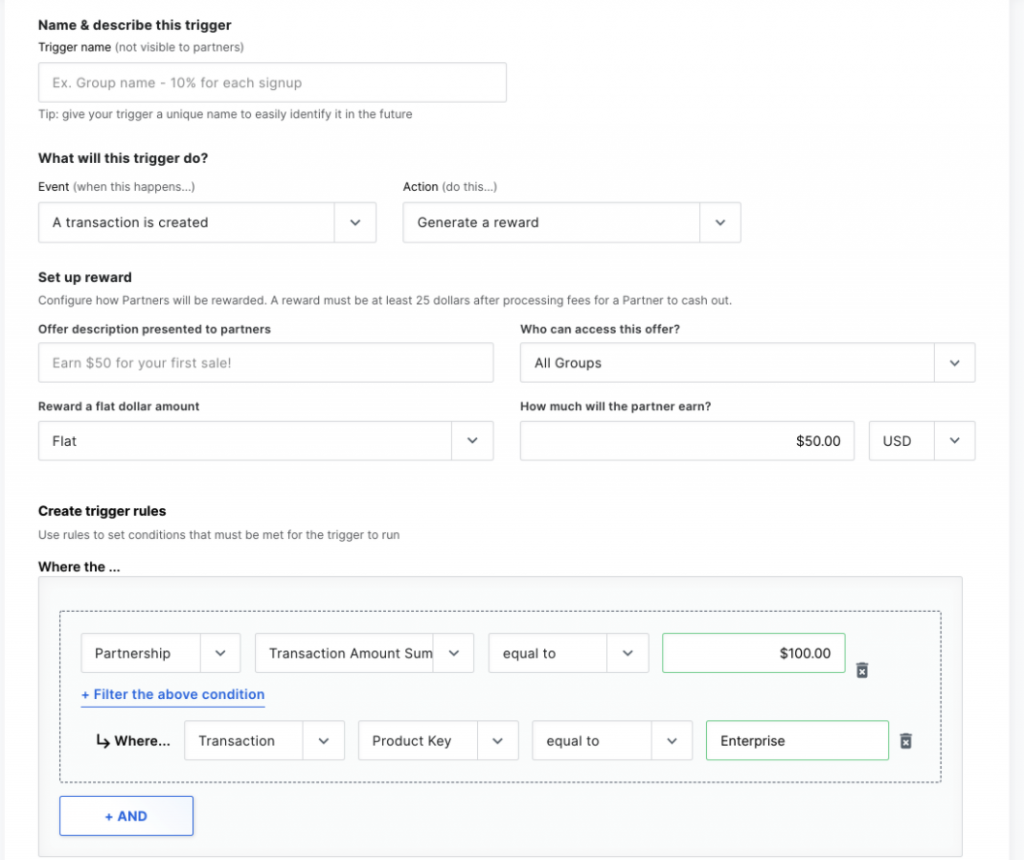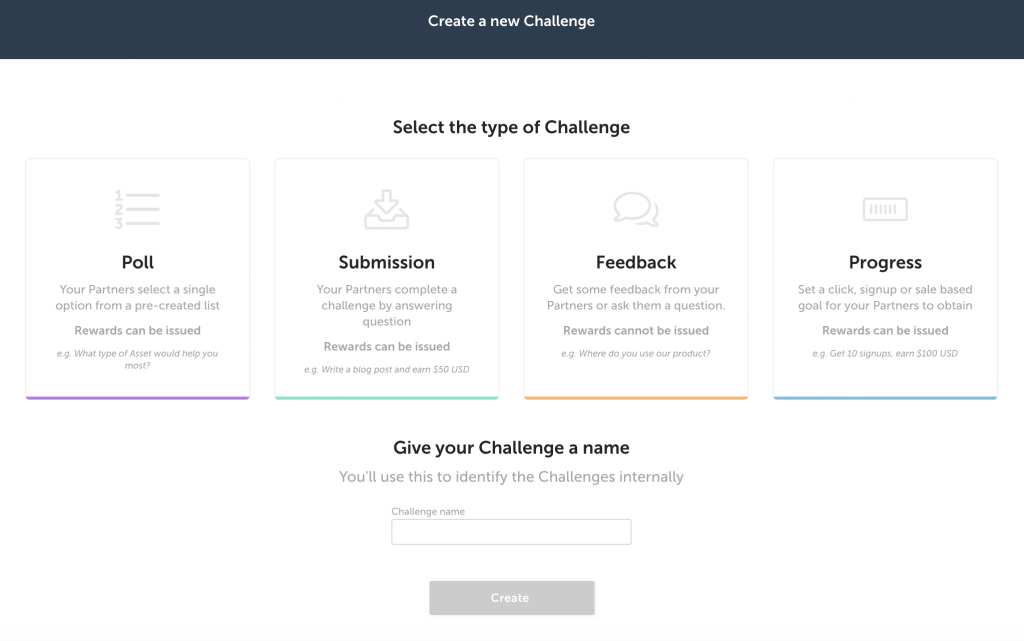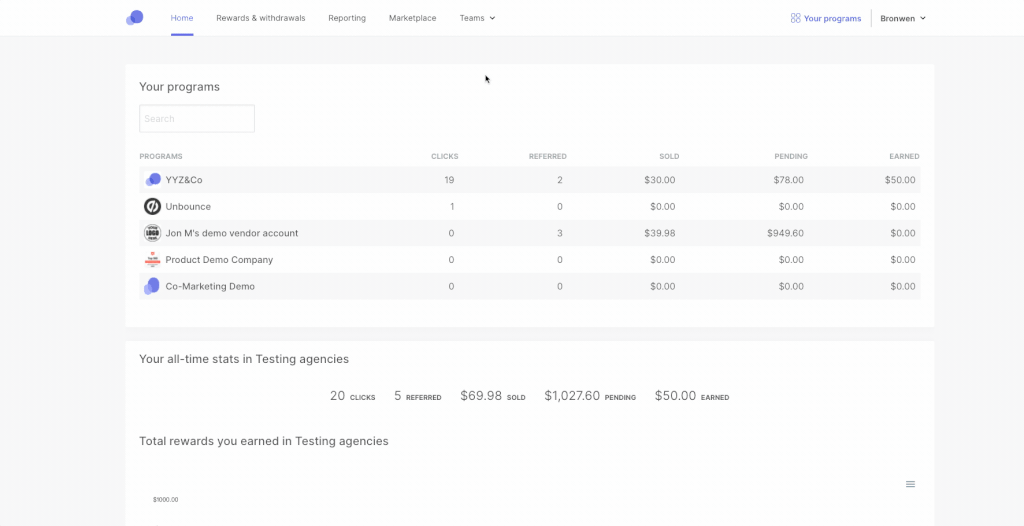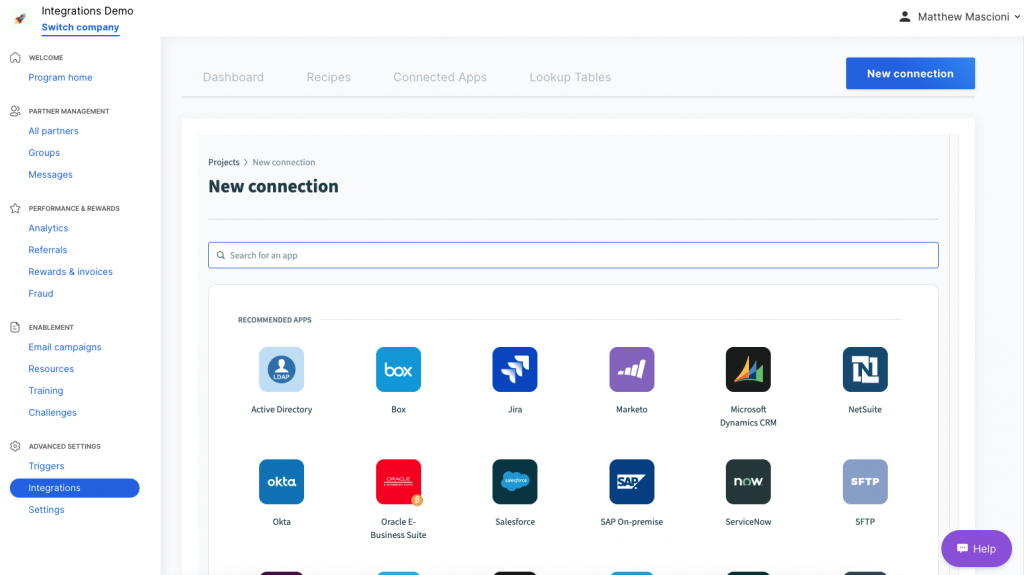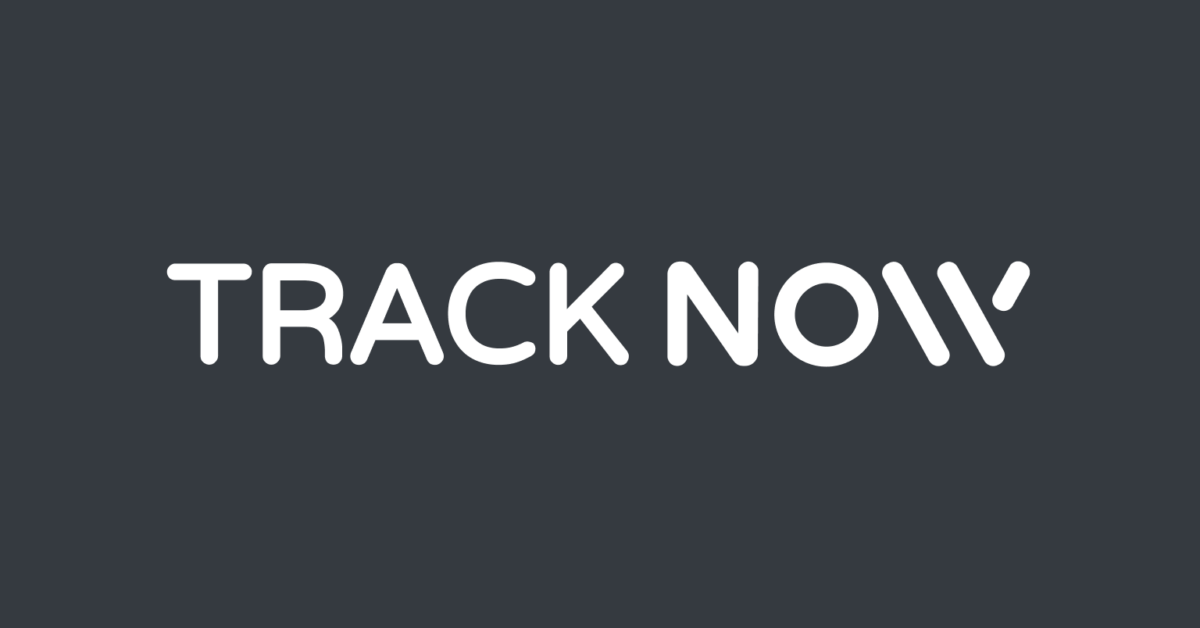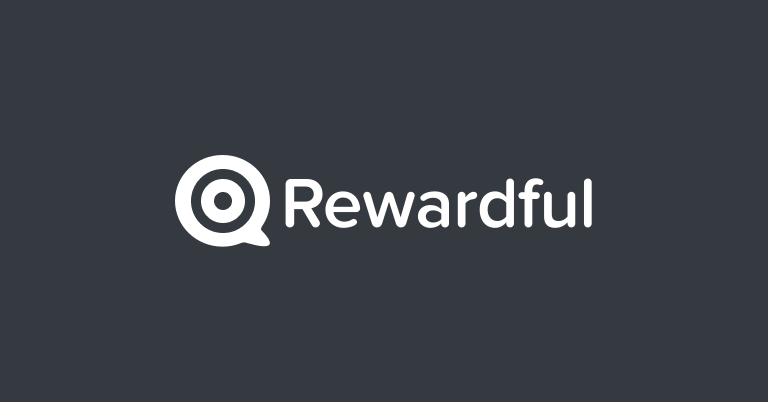
Affiliate marketing is a term that’s only become known to the mainstream in the past decade or two, and that’s thanks to digital marketing and e-commerce going mainstream. Truth is, affiliate marketing has been around for much longer than the internet, even if it wasn’t called that. That Value Added Reseller who built out data centers with tech they neither created nor manufactured? Affiliate marketers. Brick and mortar retailers giving discounts for referring a friend? Affiliate marketers. That gym you joined increasing rewards as your referrals stay members? Affiliate marketers.
The point here is that the only thing new about referral links and the like is that mechanism by which affiliate marketing works. The concepts are as old as marketing itself. For software developers creating platforms to manage the digital version of affiliate marketing, this is a blessing and a curse: the features their software should have were already invented. They just need to make them work well. But that also means that standing out in a crowd of competitors is more difficult. How do you differentiate yourself from an alternative to your solution if you’re both essentially doing the same thing?
One way to do that is to go the route that the founders of PartnerStack did: focus on a specific niche of business. This is the core reasoning behind PartnerStack being marketed as a platform specifically for SaaS companies. There’s nothing in its feature stack that would prevent you from using it for, say, an online t-shirt shop. And it might even be a good choice for things like subscription boxes and other monthly billing services. But, by focusing on SaaS, the software’s partner marketplace is a much more targeted approach for the companies that use the software. SaaS companies like Monday.com and Asana can buy into quality software from many of PartnerStack’s competitors. But, they can’t get access to a marketplace of B2B focused affiliates and resellers filled with people who know the business of SaaS. With Partnerstack, they’ll find they get both.
Overview PartnerStack:
Pricing
SaaS is as SaaS does, so it’s no surprise that PartnerStack is exactly that—nor is it shocking that they have a real thorough partner program of their own. That said, pricing for access to the platform isn’t based on some prefab plans. PartnerStack does more than just affiliate marketing, so each customer gets their own custom plan, based on their objectives and preferred channels.
Beyond that monthly or annual pricing, they also charge a fee described as a “Take Fee” as a percentage of everything you’re paying to your partners. PartnerStack’s support FAQ doc explains the take fee helps to “scale our support for your program as it grows, and share a mutually aligned incentive in getting new partners into their program via our Marketplace.”
Remember, the fees you pay to access and use the software are customized based on the objectives and scale of your campaigns, so this is not to say that this is a dealbreaker for using the platform. But if the subscription price is customized, make sure you factor those fees into your total cost while negotiating.
The Details
Because PartnerStack covers so many different types of partnership, setup can be a little complicated. Thanks to a well designed interface and clearly defined workflow, you won’t ever feel lost in the platform. But there’s a lot to cover in setting up your programs, and depending on how deep you go it could be time consuming and a bit complicated. The payoff to this upfront effort, though, is twofold. First, PartnerStack uses a very flexible system based on triggers you define—when X happens, take Y action. Being able to configure a wide variety of triggers during setup gets you the second benefit, which is just how smoothly everything runs when your programs live. It’s true automation.
Rewards and payouts can also be a little more sophisticated than a simple trigger like “If an affiliate sends me a new prospect, and that prospect signs up, pay a $50 finders fee.” With PartnerStack, you can also create drip rewards—rewards that payout after a certain amount of time. This is especially important for SaaS companies, who definitely don’t want to be paying affiliates for signups that are cancelled within a month. With drip rewards, you can configure things so the reward doesn’t get paid out until the new user stays a customer for whatever minimum amount of time you specify. You can also use drip rewards to pay out over a period of time. If an affiliate refers someone who ends up pre-paying their first year, you might not want to pay the reward in a lump sum; you can set the drip rewards to pay it out in monthly installments, for example.
PartnerStack even lets you gamify your rewards with its “Challenges” feature. The obvious implementation of Challenges would be to set a goal of some kind—sales target, new customer signups, etc.—above and beyond the normal programs you’ve set and pay out when the goal is reached. But you can also use the goals to mobilize affiliates to market on your behalf. Maybe you offer an incentive for them to publish a blog post on their websites. Or have them answer a survey so you can gain valuable feedback on how to improve your partner programs.
Another way to use Challenges highlights another of PartnerStacks unique features, which is partner onboarding. An integration with SAP Litmos enables PartnerStack customers to create their own training courses for their partners, educating them on the various programs you’re running and how they can best participate. By creating a Challenge that rewards new partners for completing the onboarding process, you increase the likelihood that they’ll finish it—and increase the chances of their success in participating.
The onboarding process is just one of the ways that PartnerStack makes things easier on your affiliates. Another is the partner portal: here, your affiliates can access the marketplace, manage their own progress, set payment preferences, and access the onboarding materials and marketing assets, among other things. They’re even able to create their own custom links appended to the referral link you’ve provided. For example, you’ve tasked your partners with driving new signups at signup.yourcompany.com; your affiliates can create a personalized link that redirects clicks to the URL you specified, something like signup.yourcompany.com/myownpersonallink. Any parameters you’ve defined are automatically baked into this.
The partner portal also gives them some pretty comprehensive reporting, almost as if they were running their own little program. They, too, can track referrals, link-clicks and conversions, making it easier for them to understand their payouts each month. The messaging module is a great way to keep all communication between you and your partners in a centralized location, away from their email inbox where communications could easily be overlooked. Any email campaigns you set up for mass mailing to your partners also show up here. PartnerStack handles all the tasks you’d want from an affiliate marketing platform (and then some), and the same is true for the affiliates themselves.
Integrations
PartnerStack boasts on its website that it “connects with every other kind of [tech] stack,” but only lists a few of the more common software tools businesses use. Some digging around reveals a more comprehensive list, in addition to the SAP Litmos integration mentioned above.
As far as e-commerce integrations, none of these will come as a surprise, as they’re some of the most common names out there: Shopify, WooCommerce, PayPal, Stripe, Squarespace, Chargify, Chargebee, and Recurly.
There are also several integrations that make easy work of importing new customers and leads from your partners into your CRM. Salesforce makes the list, of course, but so does Hubspot, ClickFunnels, Copper, and Pipedrive.
Communication tools aren’t overlooked, either. There’s a Slack integration, as well as the forum hosting software Discourse.
There are a few other integrations with lesser-known, or weirdly specific, software. For anything that isn’t already made, the Zapier integration opens you up to several thousand others.
Conclusion
Unlike most of the affiliate software we’ve reviewed here, PartnerStack does a lot more than just affiliate marketing—and for a much narrower customer base than competing solutions. This specificity in its target market makes the decision to try it—or not—very easy.
Are you an e-commerce retailer trying to drive traffic and sales? PartnerStack isn’t for you. To be fair, you could use it—the features are there—but it won’t be as easy a setup as those platforms that were built for businesses like yours. And their marketplace of potential partners and affiliates would be of little benefit.
That’s because the marketplace is curated for partners with specific skill sets around the even more specific vertical of SaaS software developers. Think of it like a matchmaking service: anyone can create an account on a matchmaking site and it could have all the same features as other matchmaking services. But if you’re searching for something specific, you probably won’t find what you’re looking for.
This same logic applies to SaaS companies looking to build a network of partners and affiliates. It’s good news, then, as if you are a SaaS company the software lives up to its promise.
PartnerStack
-
Features
-
Ease of Use
-
Reporting
-
Integrations

